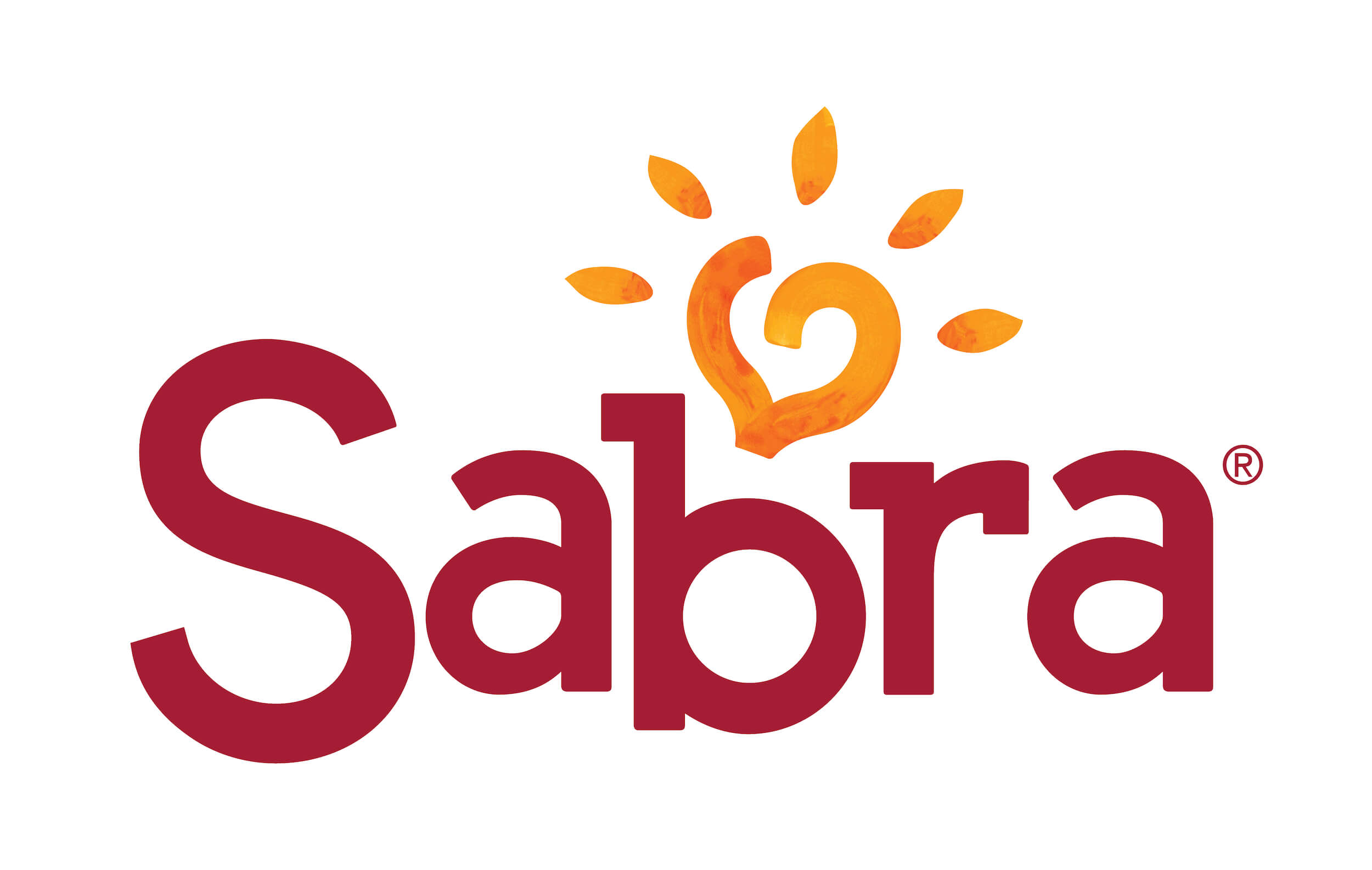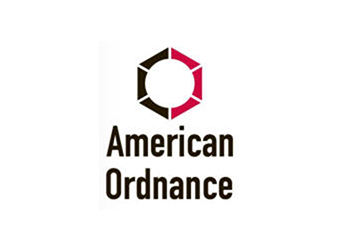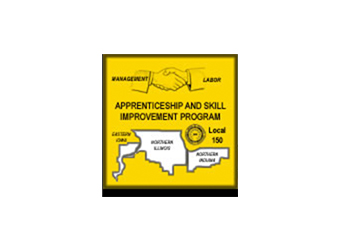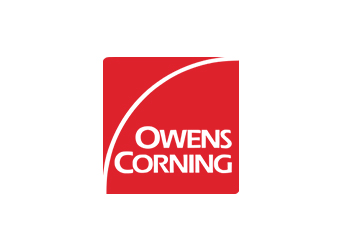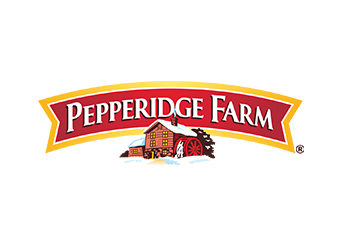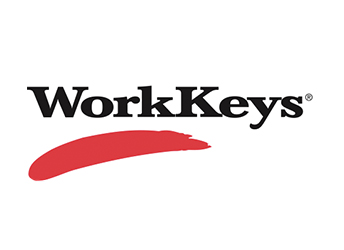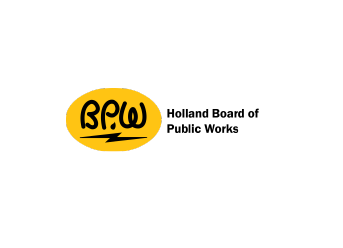CITY OF OREGON MAKES PRESENTATION AT THE NATIONAL BROWNFIELDS TRAINING CONFERENCE
City of Oregon – On August 6th, City of Oregon Mayor Ken Williams and Councilman Terry Schuster presented “A Case Study: The 4 Essential Steps to Transform 19th Century Riverfront Brownfields.” Cosponsored by the U.S. Environmental Protection Agency (EPA) and the International City/County Management Association (ICMA), the National Brownfields Training Conference is the largest gathering of stakeholders focused on cleaning up and reusing formerly utilized commercial and industrial properties. More than 2,500 were in attendance.
The Brownfields Conference features a dynamic educational program of speakers, discussions, mobile workshops, films and other learning formats that are calibrated to provide you with case study examples, program updates, and useful strategies for meeting your brownfield challenges head on. The exceptional training offered by the Brownfields Conference has something for both beginners and seasoned professionals.
Oregon, population 3,590, is nestled deep among the rocky bluffs of the Rock River Valley halfway between Rockford and Sterling, Illinois.
Mayor Williams and Councilman Schuster presentation focused upon Oregon’s key elements of the City’s economic plan is their development of the riverfront area as an attractive, pedestrian–friendly mixed-use district providing for new commercial, residential, recreational, hospitality and arts-oriented businesses and activities. The 19th Century factories are evolving into a variety of commercial, recreational, governmental and active adult housing.
Oregon’s land-use decisions and its creative economic development and public finance policies that are leading to a revitalized riverfront, and the long-range land use planning that has led to major redevelopments of brownfield industrial sites.
Mayor Williams stated that “he wanted to show the ‘before and after’ redevelopment of first the Historic Downtown, and now the revitalization of the riverfront. The riverfront is an extension of the Downtown.”
He continued, “But all it takes is money. Internally, it’s the incremental use of the city’s TIF (Tax Increment Financing) authority and externally, successfully applying for highly competitive grants, Enterprise Zone benefits and other investor incentives.”
Councilman Schuster’s presentation highlighted the long-range planning for the riverfront. Identifying key sections of the riverfront, then identifying current residential, businesses, industrial, and governmental users. Next, promoting the vision set through the city’s comprehensive plan, surveys and other tools.
Says Councilman Schuster, “Vision is the first of the essential step for transforming Oregon’s riverfront. These concept plans serve as a guideline for the type and character of improvements.”
“Implementing the plan included the acquisition of the former Dayton Superior site, a concrete plant, the recruiting of Hvarre Development to construct Trestle Ridge‘active adult’ housing at the far south end of the city’s riverfront, working with the Oregon Park District to construct the riverfront trail, and working with the owners of private distressed brownfield properties.”
Other successes along the riverfront include the upscale Hunt Club restaurant and the River’s Edge Banquet Hall.
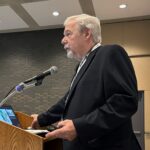 Mayor Williams at the podium
Mayor Williams at the podium
For more information, contact Oregon City Manager Darin DeHaan at ddehaan@cityoforegon.org, or visit https://cityoforegon.org.
